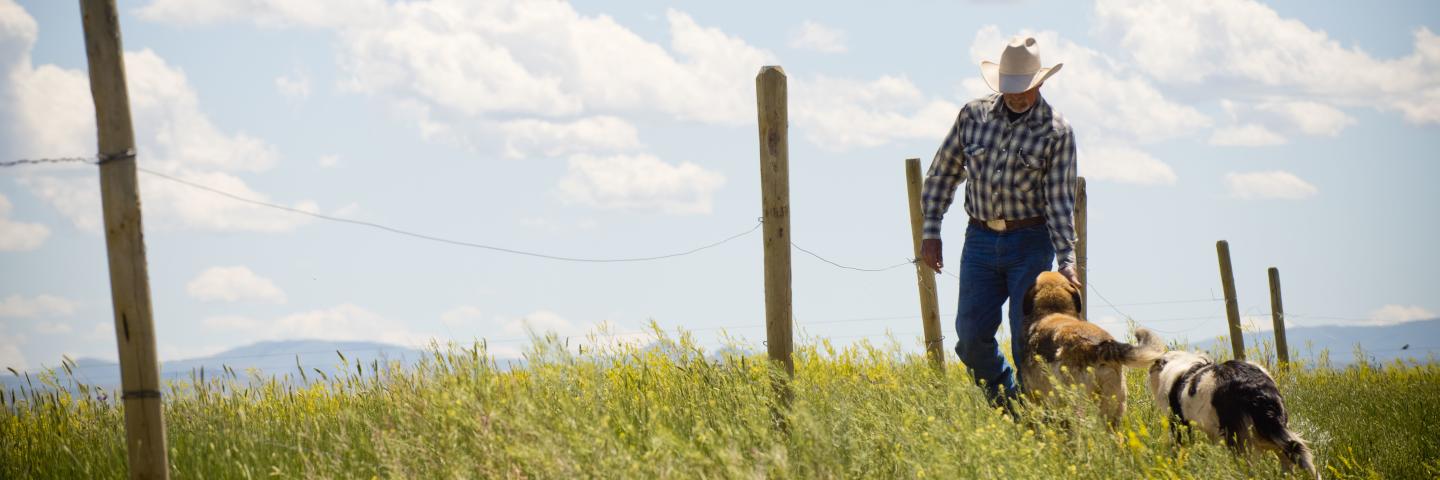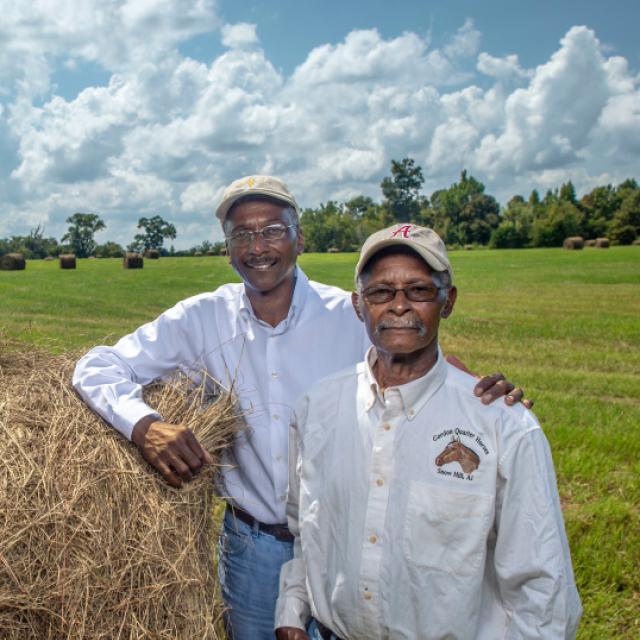
The Joint Chiefs' Landscape Restoration Partnership program (16 U.S.C. § 6592d) is working to improve the health and resilience of forest landscapes across National Forest System land and state, tribal, and private lands.
On This Page
Project Description
County or Counties: Lincoln
Primary Resource Concern: Fire Management
Time Frame: Fiscal Year (FY) 2025 through FY 2027
The Libby Surround Phase II project will focus on expanding the continuity of fuels treatments across all ownership boundaries, building off the first phase of the project which was funded under the Joint Chiefs Initiative. The goal is to surround the town as much as possible to lower the overall fire risk for the municipality. The primary objective of this project is to reduce the fire risk for the Libby Community, protecting its residents and resources from the potential negative impacts of wildfire through fuels reduction treatments. It is also to increase firefighter safety by improving access and defensibility by implementing fuel breaks around egress routes and residencies.
Conservation Practices Offered
- 666 Forest Stand Improvement
- 384 Woody Residue Treatment
- 383 Fuel Break
Detailed descriptions of these conservation practices can be found in the Field Office Technical Guide, Section 4 - Practice Standards and Supporting Documents.
Project Partners
- United States Forest Service
When to Apply
Program applications are accepted on a continual basis. However, NRCS establishes application dates for evaluation, ranking and approval of eligible applications. Applications received after that date will be automatically deferred to the next funding period. See Montana Programs and Application Dates.
Applications must meet the intent of this initiative. For more details about this initiative, contact your local field office.
Additional Montana Information
Targeted Implementation Plans (TIPs) are local-level Environmental Quality Incentives Program (EQIP) initiatives used by NRCS in Montana to guide on-the-ground implementation of locally developed Long Range County Plans. These plans are part of the "Focused Conservation” strategy to guide Montana's EQIP investments. Learn more about Montana Focused Conservation and Targeted Implementation Plans
Information about payment schedules, priority resource concerns, other program and initiatives, and EQIP in general is available at Environmental Quality Incentives Program - Montana.
Ready to get started?
Contact your local service center to start your application.
How to Get Assistance
Do you farm or ranch and want to make improvements to the land that you own or lease?
Natural Resources Conservation Service offers technical and financial assistance to help farmers, ranchers and forest landowners.

To get started with NRCS, we recommend you stop by your local NRCS field office. We’ll discuss your vision for your land.
NRCS provides landowners with free technical assistance, or advice, for their land. Common technical assistance includes: resource assessment, practice design and resource monitoring. Your conservation planner will help you determine if financial assistance is right for you.
We’ll walk you through the application process. To get started on applying for financial assistance, we’ll work with you:
- To fill out an AD 1026, which ensures a conservation plan is in place before lands with highly erodible soils are farmed. It also ensures that identified wetland areas are protected.
- To meet other eligibility certifications.
Once complete, we’ll work with you on the application, or CPA 1200.
Applications for most programs are accepted on a continuous basis, but they’re considered for funding in different ranking periods. Be sure to ask your local NRCS district conservationist about the deadline for the ranking period to ensure you turn in your application in time.
As part of the application process, we’ll check to see if you are eligible. To do this, you’ll need to bring:
- An official tax ID (Social Security number or an employer ID)
- A property deed or lease agreement to show you have control of the property; and
- A farm number.
If you don’t have a farm number, you can get one from USDA’s Farm Service Agency. Typically, the local FSA office is located in the same building as the local NRCS office. You only need a farm number if you’re interested in financial assistance.
NRCS will take a look at the applications and rank them according to local resource concerns, the amount of conservation benefits the work will provide and the needs of applicants. View Application Ranking Dates by State.
If you’re selected, you can choose whether to sign the contract for the work to be done.
Once you sign the contract, you’ll be provided standards and specifications for completing the practice or practices, and then you will have a specified amount of time to implement. Once the work is implemented and inspected, you’ll be paid the rate of compensation for the work if it meets NRCS standards and specifications.

